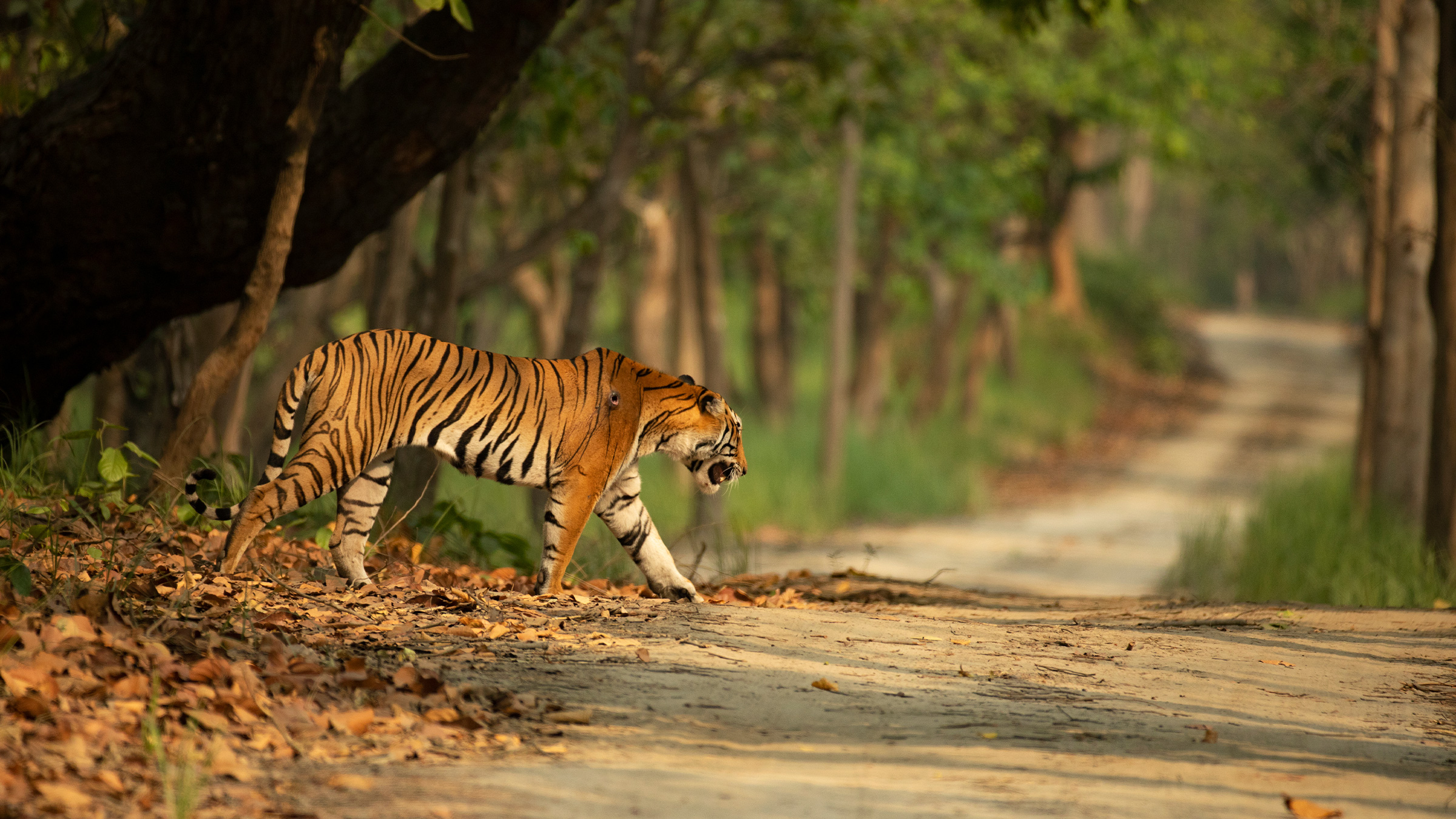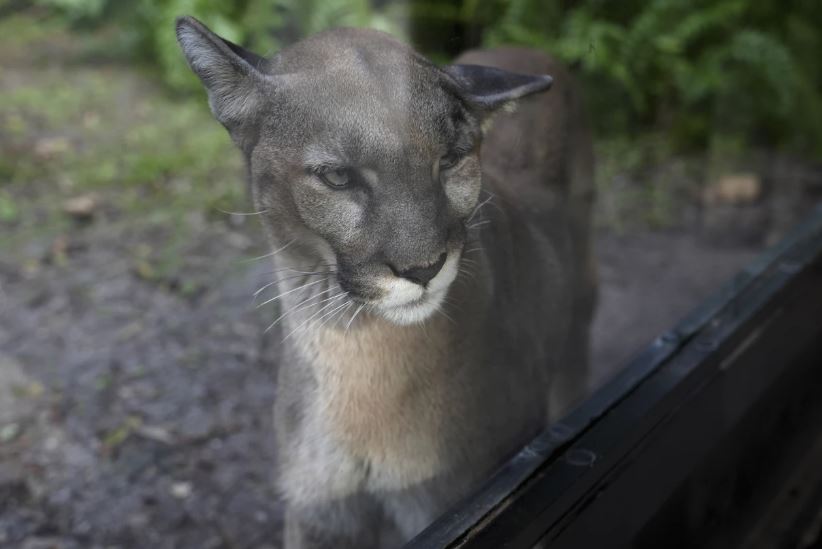Harnessing Nepal’s Protected Areas: A Blueprint for Sustainable Development and Biodiversity Conservation

Kathmandu — Nepal, known for its breathtaking landscapes and rich biodiversity, has long been a magnet for nature enthusiasts and adventure seekers. However, the true potential of its protected areas remains untapped, representing both a challenge and an opportunity for the country’s economic development and biodiversity conservation efforts.
Nepal’s natural wealth, ranging from snow-capped mountains to lush sub-tropical forests, is managed within a network of 20 protected areas, covering approximately 23 percent of the country’s land area. Despite this extensive coverage, only four parks attract the majority of tourists, leaving vast opportunities for other protected areas to contribute significantly to the nation’s economy.
Recent studies highlight the immense economic impact of protected area tourism on local communities. For instance, in Chitwan National Park, every rupee invested by the government yields an estimated return of 7.6 rupees. Moreover, tourist expenditures generate substantial household income multipliers, benefiting both the tourism sector and non-tourism-related businesses. A rupee spent by visitors at Chitwan National Park, for instance, raises local household incomes by 1.78 rupees, reflecting the profound penetration of tourist spending into the local economy.
The economic benefits extend beyond income generation to employment creation. National park tourism is estimated to generate over 4,000 full-time equivalent jobs around Chitwan National Park alone, equivalent to 2.8 percent of the working-age population in the area. These jobs not only directly support tourism activities but also stimulate additional employment opportunities through supply chain linkages.
However, alongside the economic benefits, there are challenges that must be addressed. Human-wildlife interactions, particularly crop losses due to animal incursions around protected areas like Chitwan, pose significant challenges to local livelihoods. According to surveys, such interactions result in annual income losses of around NPR 333 million (US$2.92 million) to households and the local economy. Effective management strategies, including compensation schemes, are essential to mitigate these losses and ensure the continued support of local communities for conservation efforts.
As Nepal grapples with unprecedented biodiversity losses and seeks to recover from the economic setbacks inflicted by the COVID-19 pandemic, the role of protected areas in promoting sustainable development and biodiversity conservation has never been more critical. By harnessing the economic potential of its protected areas through sustainable and inclusive tourism, Nepal can achieve dual objectives: fostering economic growth and safeguarding its rich natural heritage for future generations.
The findings underscore the imperative for the Government of Nepal to prioritize sustainable and inclusive tourism initiatives in its protected areas. By doing so, Nepal can unlock new pathways for economic development, promote biodiversity conservation, and ensure the well-being of local communities dependent on these invaluable natural resources.
For further information, please refer to the study titled “Economic Impacts of Protected Area Tourism on Local Communities in Nepal.“



















Facebook Comments